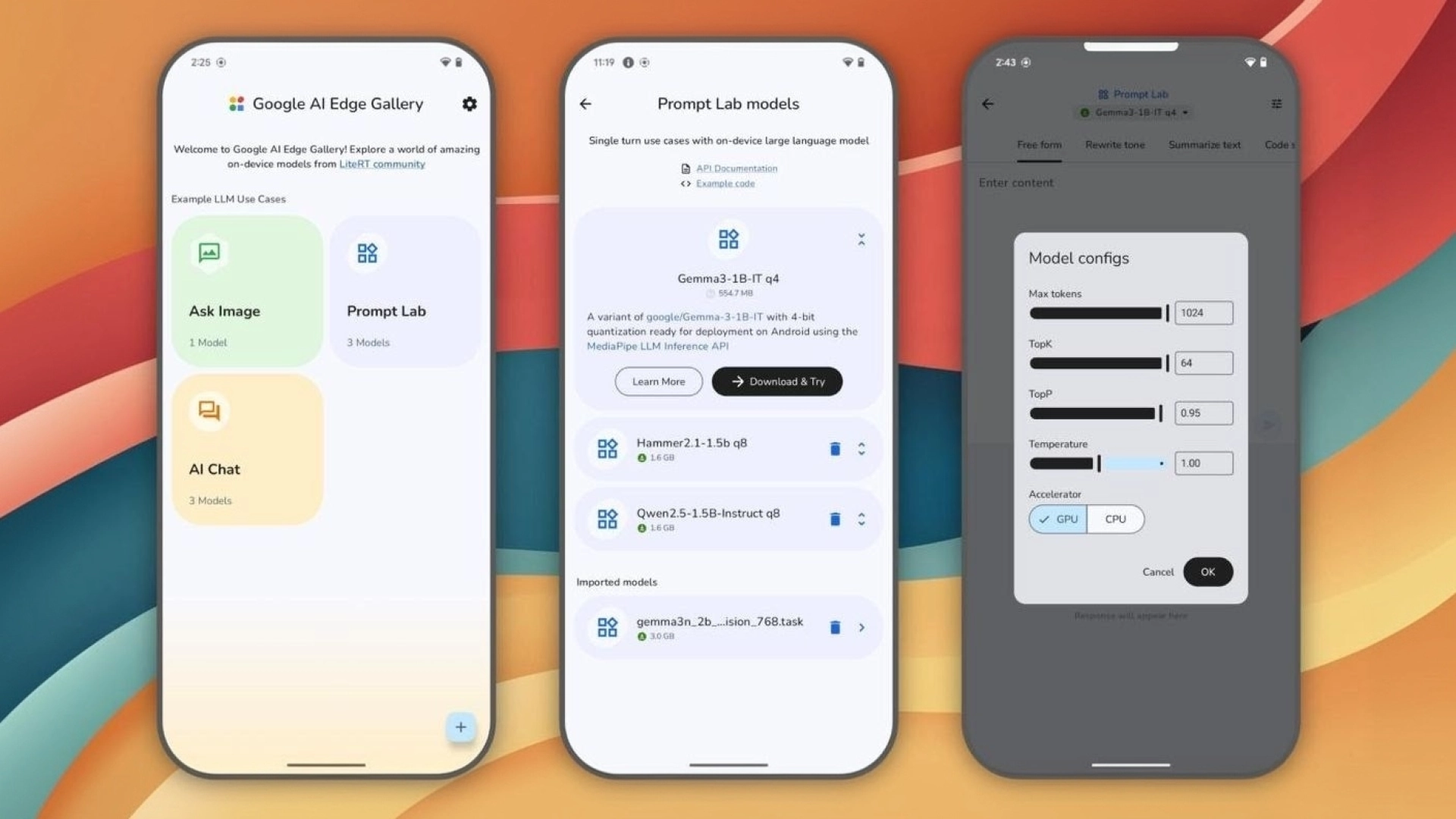Microsoft has begun implementing one of the most notable changes to the user interface of the Windows operating system in recent decades. The classic" Blue Screen of Death " (Blue Screen of Death, BSOD), which for almost 40 years served as a recognizable indicator of critical system failures, is replaced by a new version — the "Black Screen of Death".
The innovation is already available to participants of the Windows 11 Release Preview program and, according to preliminary information, will be distributed to all Windows 11 users within a few weeks. The new visual concept of ditching the blue color and switching to black is not just a cosmetic adjustment. Microsoft relies on minimalism and information conciseness.
With the update, not only the traditional blue background disappears from the screen, but also elements such as a QR code and a graphic "sad smiley face" introduced in the Windows 8 era. Instead, the user sees a strictly designed message on a black background with an error code and the name of the failed driver. This solution, according to the developers, should increase the readability of information and speed up its perception by technical support specialists.
The current version of the black screen is visually similar to the Windows update interfaces and is used, among other things, in the system installation stages. The move is part of Microsoft's broader user interface unification strategy, which aims to create a unified visual language across all components of the ecosystem.
From a technical point of view, the structure of the BSOD remains unchanged: the output of error codes and diagnostic information is preserved, which are used by both system administrators and ordinary users for subsequent troubleshooting. However, the background change is symbolic in nature-Microsoft officially distances itself from outdated visual associations associated with previous OS generations.
IT market analysts note that the redesign of the BSOD may also be due to the fact that operating systems are becoming more resilient, and the number of critical failures is becoming less frequent. Therefore, the modern user does not need an emotionally charged visual error indicator — just brief and concise information.
The transition to a new screen design reflects not only the design approach of the corporation, but also demonstrates its desire to adapt to the changing requirements of the digital age. Microsoft consistently simplifies interaction with the operating system, reducing the level of user anxiety in the event of failures and simplifying the diagnostic process.
Given the widespread use of Microsoft products in Uzbekistan — both in the public sector and in private businesses — the implementation of the updated BSOD will be of practical importance. It is important that local IT specialists are informed in advance about the appearance of new screens and correctly interpret errors that occur, without confusing them with background processes or regular system updates.
Against the background of the growing focus on digital transformation in Uzbekistan, any stability and transparency in the operation of operating systems, especially in critical infrastructure, is of strategic importance. The innovation from Microsoft is another step towards a more modern and flexible IT landscape.











